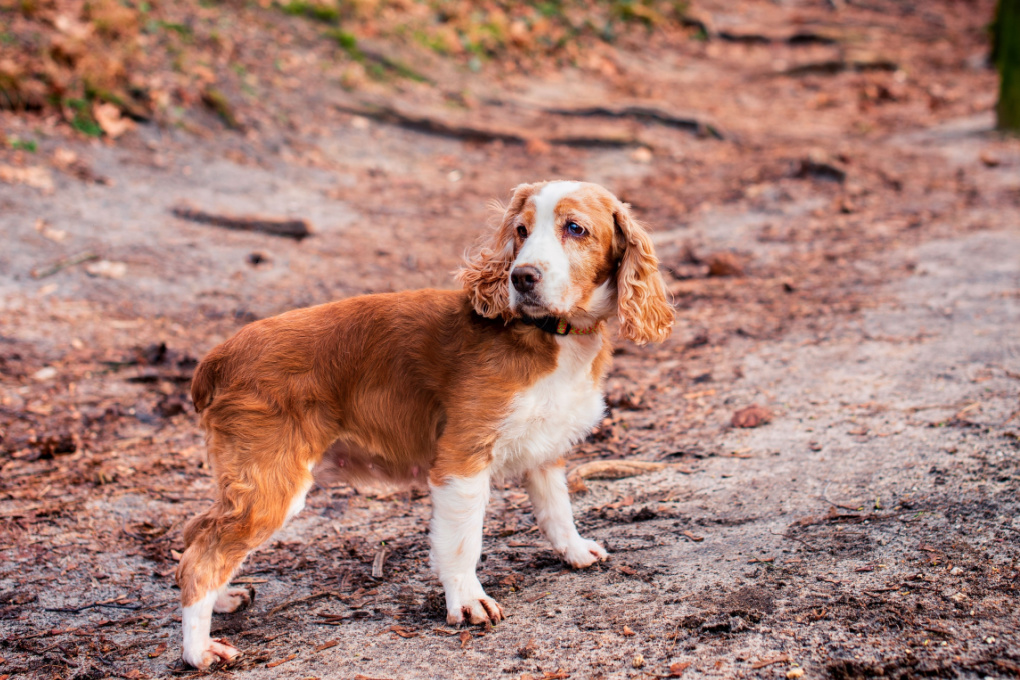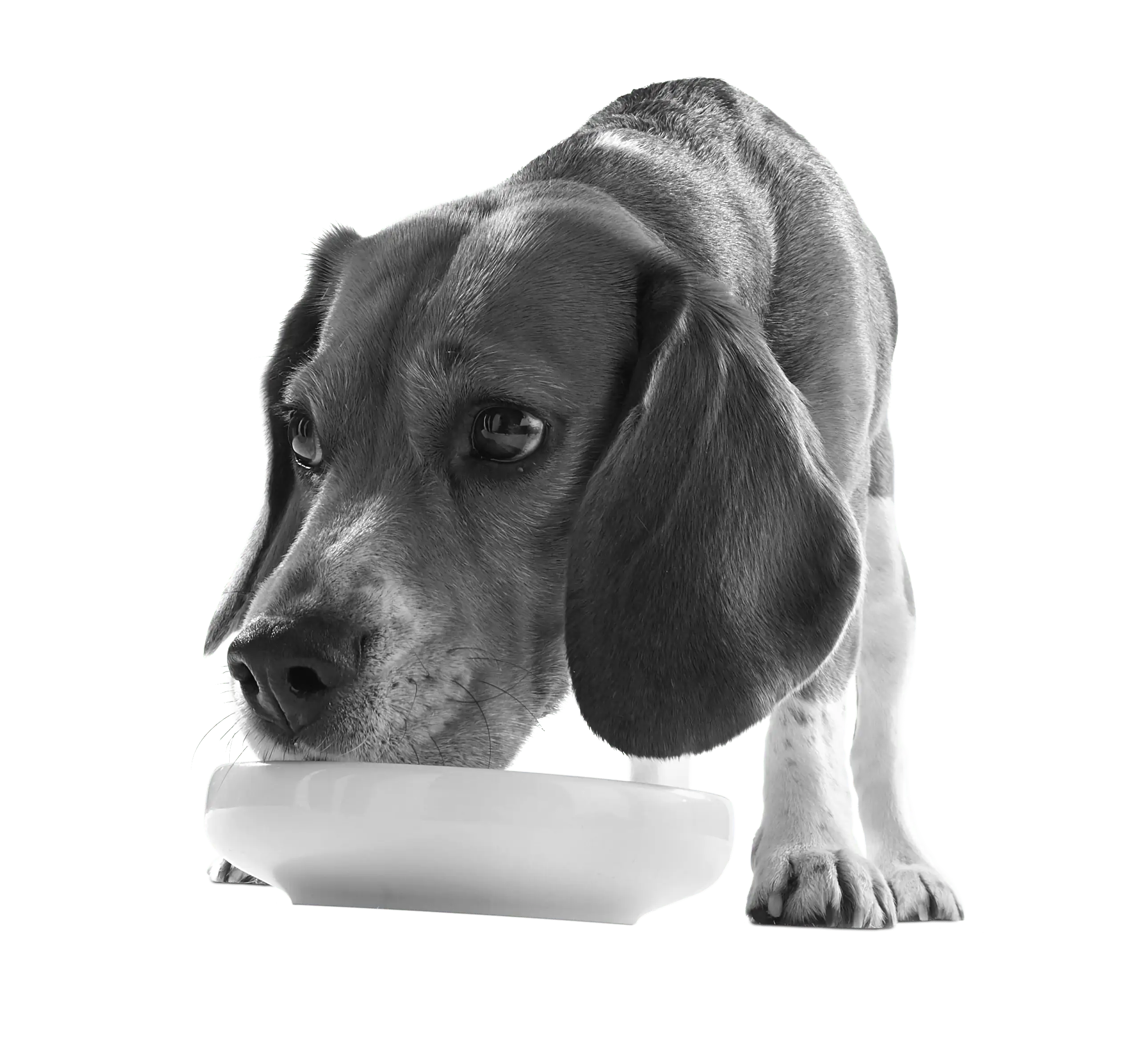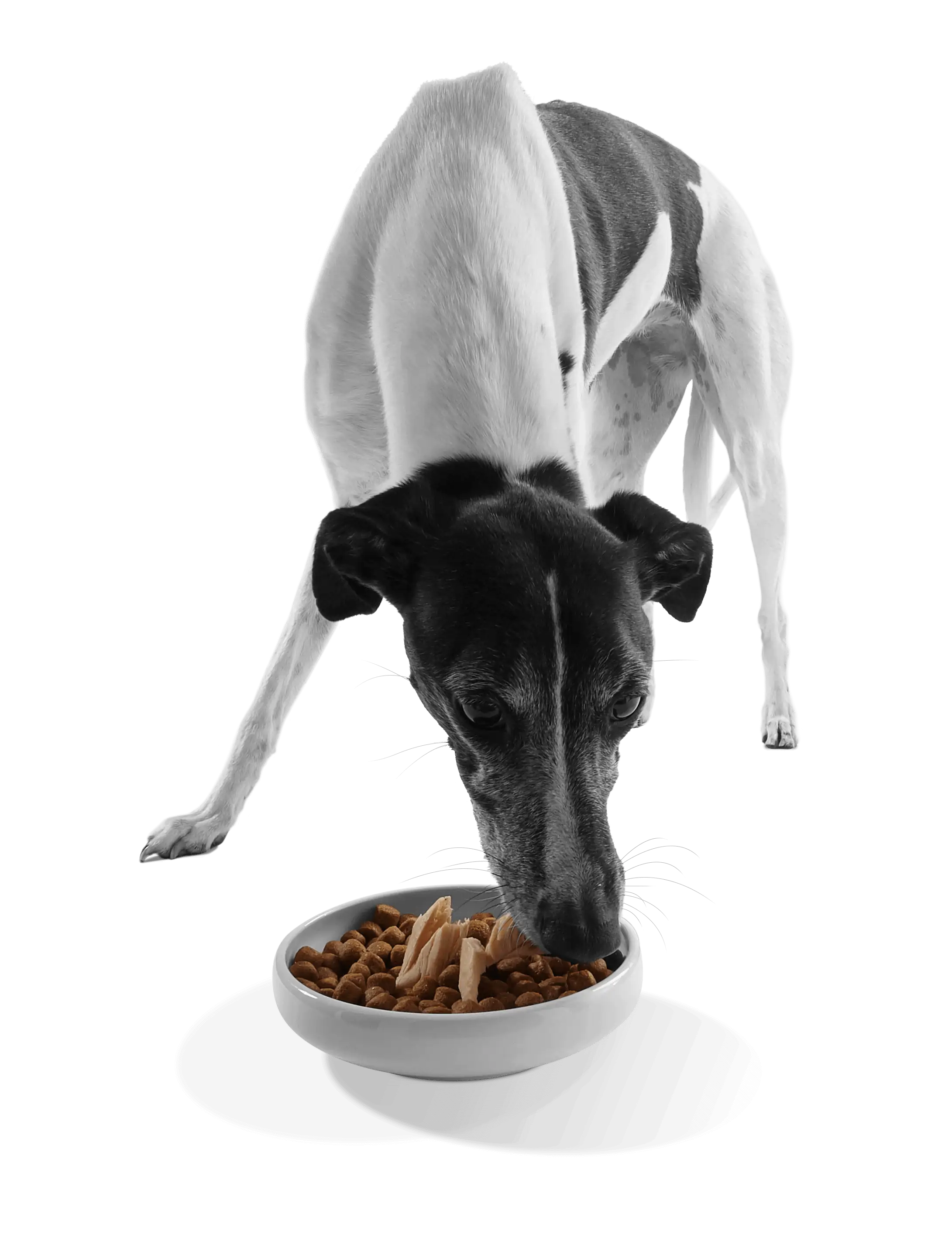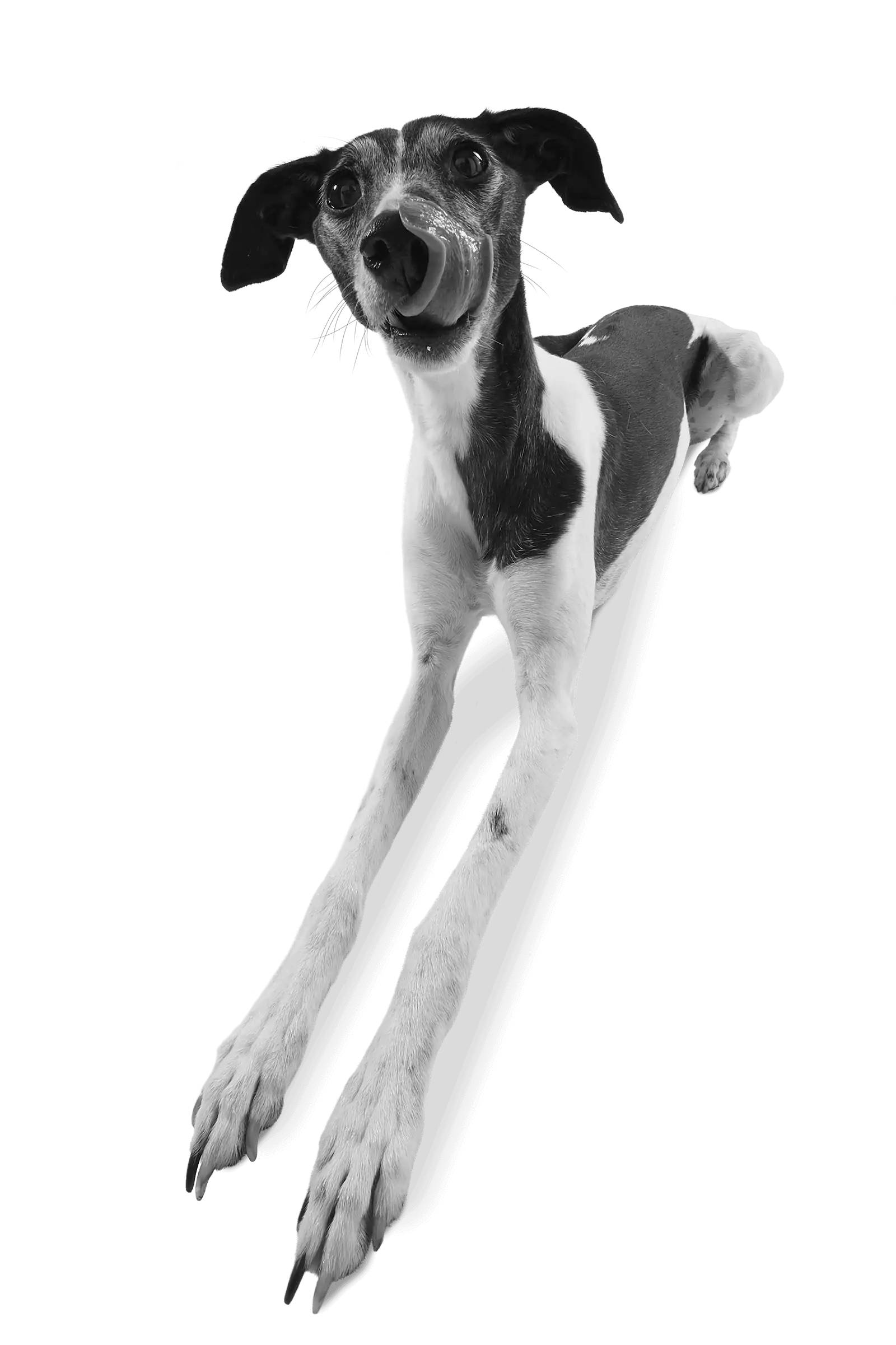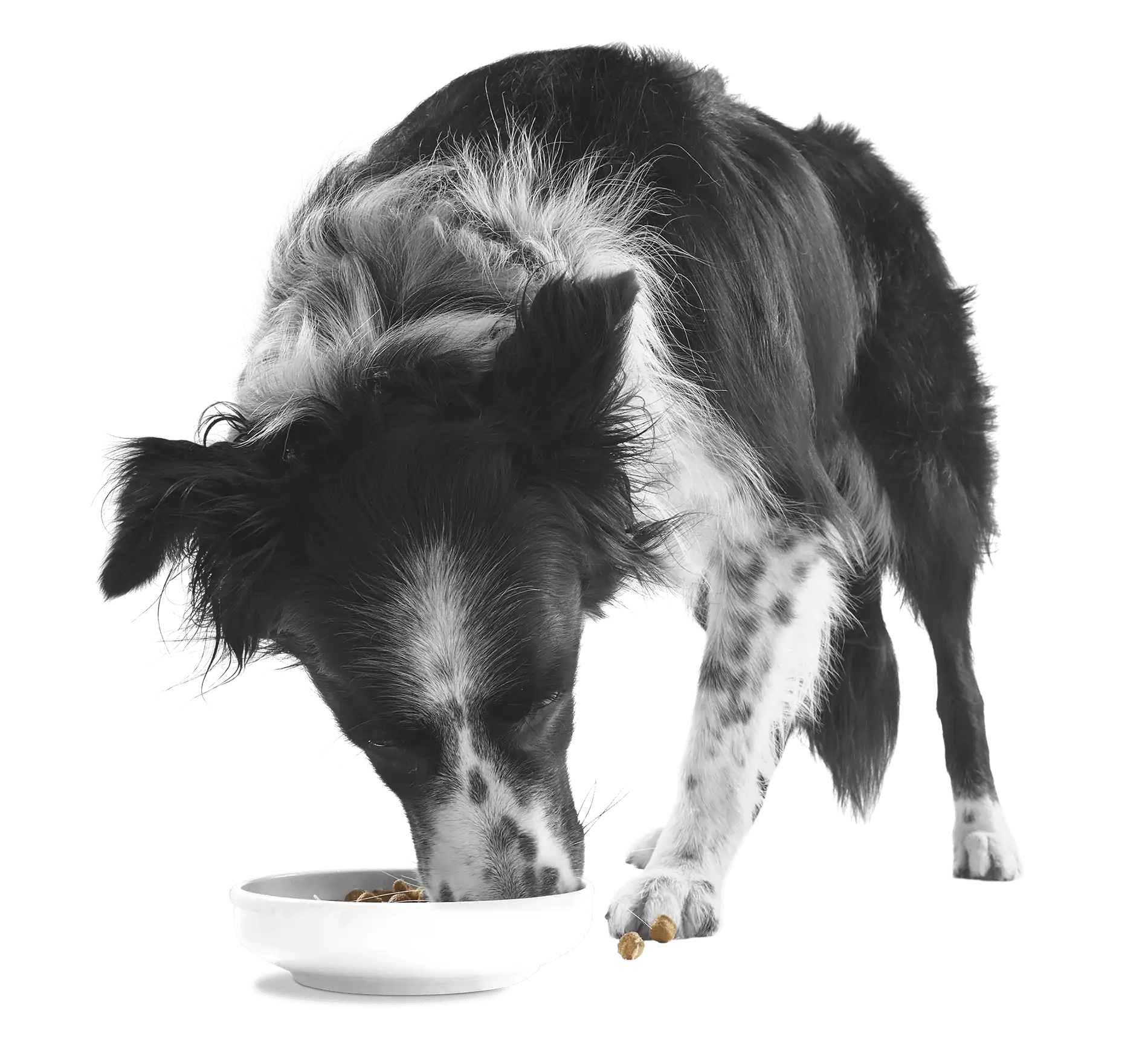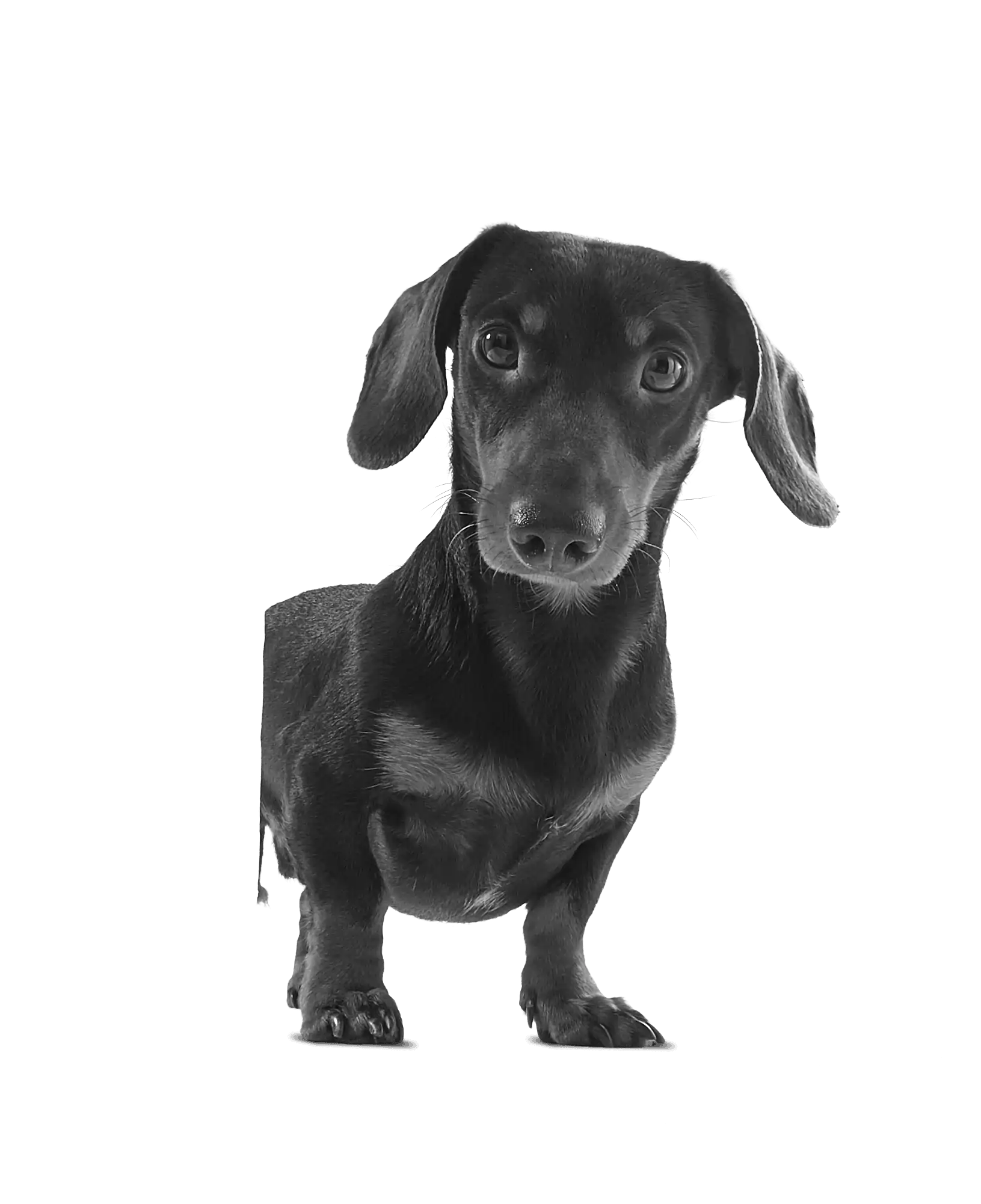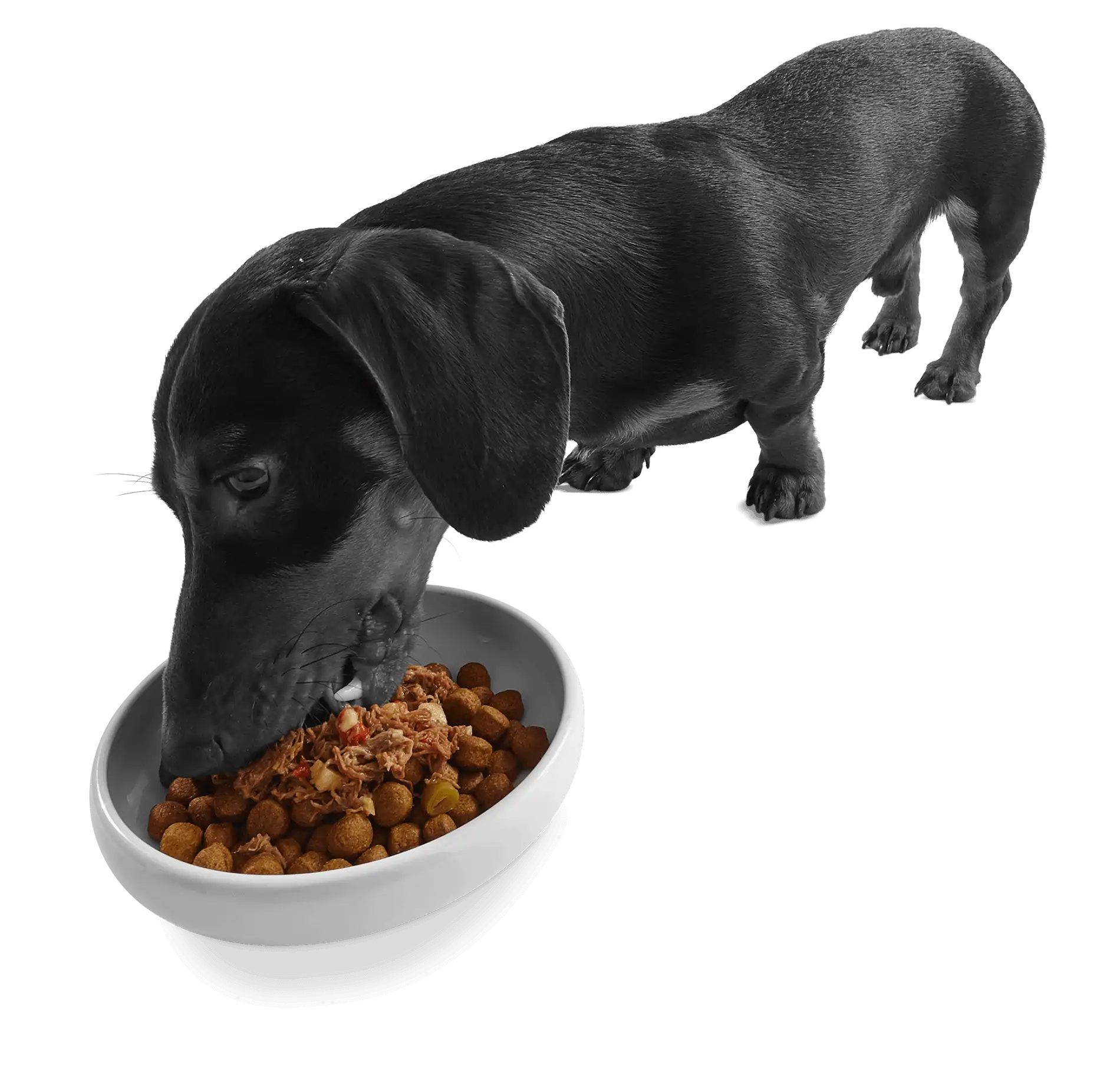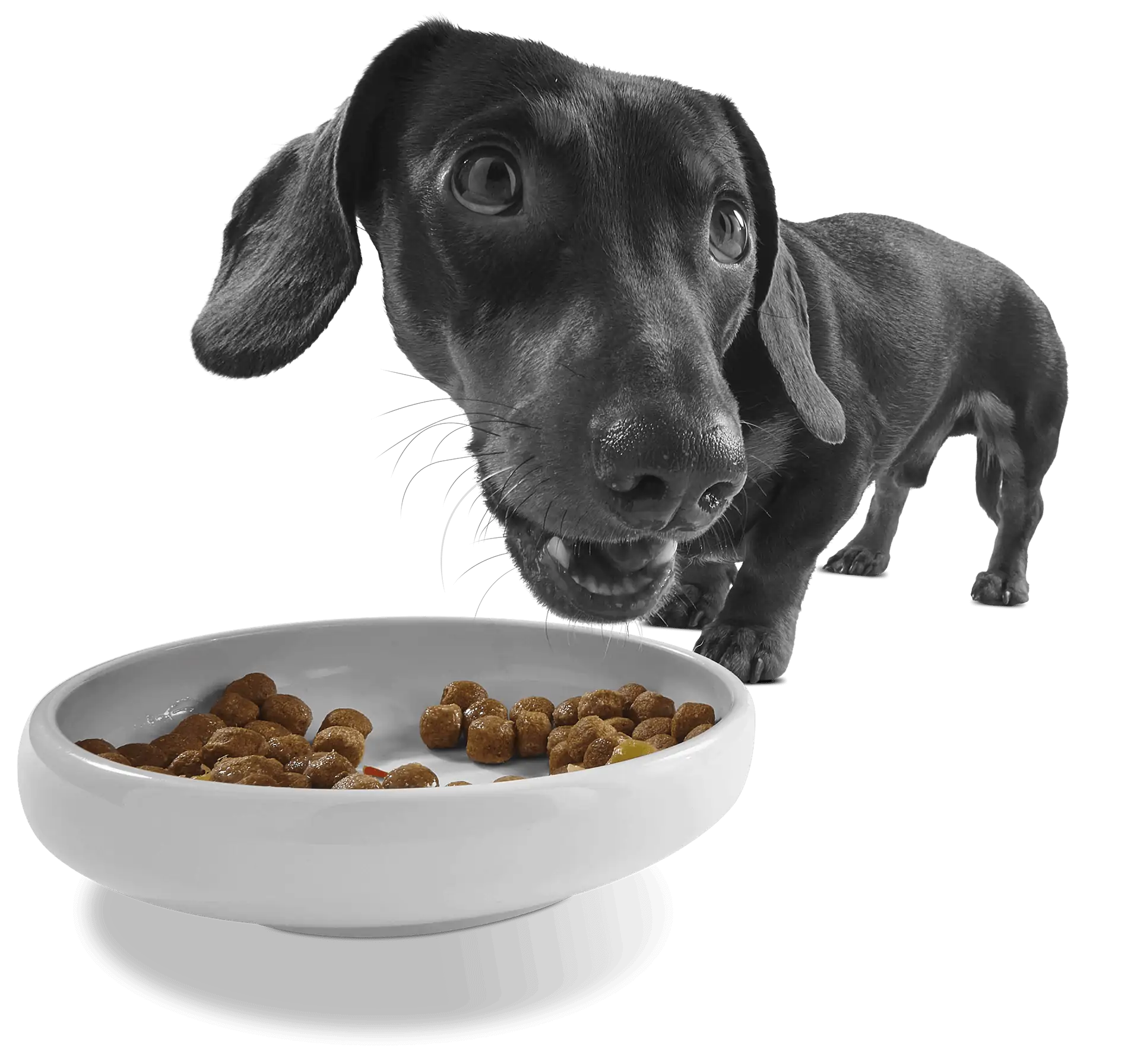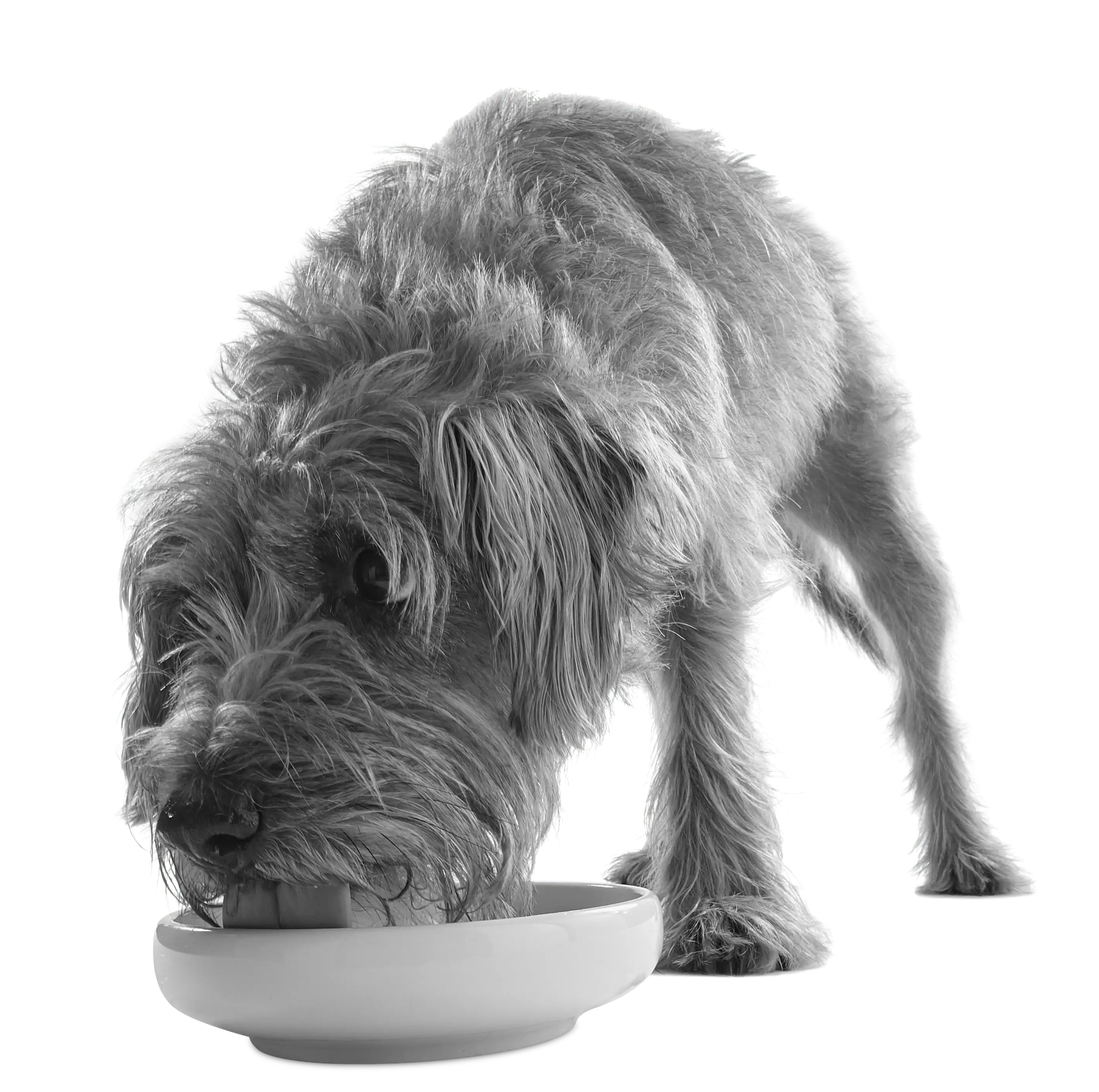When your puppy dog pal looks down in the dumps and their food bowl remains untouched, it can be quite distressing for perturbed pet parents.
Nobody wants to see their furry best friend suffering in silence, and a loss of appetite is one of the few ways in which they’re able to communicate something isn’t quite right.
There’s a variety of reasons for why your four-legged fur baby is suffering from a decreased appetite (hyporexia) or a loss of appetite (anorexia), but we can usually narrow this down to three major categories.
Symptoms are generally related to medical concerns, behavioral problems, or issues with the food being served. Once you’ve been able to ascertain which bracket your brilliant barker falls into, the chances of getting to the root cause, and determining a recovery plan, will increase.
A refusal to eat at mealtimes for a prolonged period should be acted upon immediately as ignoring the warning signs could have long-term implications on your dog’s health and physical/mental well-being.
5 reasons why your dog isn’t eating
- Medical: If your pet has an illness, or they’re suffering from pain, nausea, lethargy, or stress, then this is likely to impact their diet/appetite. Medical issues can range from oral pain, dental disease, intestinal issues, stomach upset, infection, liver/kidney/lung/bowel disease, heart failure or cancer. Problems can range in severity, but all need to be addressed promptly, with a trip to your vet highly recommended.
- Behavioral: This is when keeping tabs on their demeanor can help you get a head start in resolving the issue. Anxiety, stress or fear are key triggers when it comes to hypoxia or anorexia in dogs. A change in their routine and/or environment can contribute to this, new and unrecognizable sights, sounds and smells can also be leading factors while intimidation from another pet in the household can also force dogs to dodge their dinners.
- Food: Yes, that’s right, your very particular pet might simply be turning their nose up at the sub-standard servings of food that you’re providing. Most covetous canines will normally eat anything put before them, but others are a bit more picky. If your pup has appeared to be happy with a certain brand, and their refusal to eat is out of the blue, then check to see if the food is expired or stale. Try to avoid switching foods suddenly as this can be counter-productive.
- Age: Senior dogs don’t consume as many calories as their young pups, their appetite dwindles as they age, so this could be the reason why they don’t seem to be chomping from their food bowls as often. However, a refusal to eat completely, which has compromised their physical appearance, is abnormal and should be addressed immediately. Older dogs need a well-balanced and highly nutritious diet more than ever to support their aging and weakening bodies. If their unwillingness to eat continues, they should see their veterinarian for a thorough examination.
- Pregnant: While their human companions might get lots of weird and wonderful cravings during pregnancy, it’s the complete antithesis for pregnant pups, who can be housing a sizable litter. It is perfectly normal for them to eat less in the latter parts of gestation, though they might opt to consume smaller amounts more frequently. Dogs in heat may also show signs of a reduced appetite which, if it’s not over a prolonged period of time, is also considered to be a natural habit.
How to assist your dog with eating
There are plenty of ways in which pet parents can assist their furry flatmates if they’re displaying a lack of appetite.
If you don’t suspect any underlying health issues – or you have already sought advice from your vet who has confirmed that to be the case – then it’s your job to try to make mealtimes more appealing for your picky pup.
Adding water or broth to soften their food and make it more palatable is one good option; or try heating dog-friendly canned vegetables (in a microwave-friendly bowl), as another alternative, which might encourage your canine to gobble up their meal.
Or why not treat them to our tasty toppers? The carnival of flavors and textures we have available at Applaws will get tongues-wagging at tea-time once again to help keep your perfectly-proportioned pup in tip-top shape.
Our range of lovingly and carefully crafted recipes are sure to get their diets back on track. Watch their eyes light up and their tails dance uncontrollably as they salivate at the sight of a bowl full of yumminess.
Containing all-important vitamins and minerals that are central to your dog’s health and happiness, alongside ingredients that will have your dog’s taste buds dancing for joy, we’ve got you covered.
Whether it’s our Beef Filet with Red Pepper or Chicken Fillet with Rosemary Pouch, our Lamb with Zucchini, Carrot & Chickpeas in Gravy Pouch or Chicken Breast with White Beans, Peas & Pumpkin in Gravy Pouch, our mouth-watering menu of tastes and textures – which includes our Bone Broth and Broth range, as well as our selection of Terrine Cups – there’s something for every pup.
You can also try…
- Cutting back on treats
- Implementing a regular feeding schedule
- Purchasing a food-dispensing dog toy to make meal-times more enjoyable
- Working up an appetite by taking them for a walk beforehand
- Trying a different brand of food
However, if you’ve tried every trick in the book, and they’re still reluctant to eat, then it’s time to get your veterinarian involved so they can investigate whether there are any underlying health complications.
If this is the case, they might recommend a prescription diet that meets their dietary needs, or they might suggest some form of gastrointestinal medications to help ease their symptoms.
My dog hasn’t eaten in a while – what should I do?
Seek veterinary support as soon as possible!
If your dog has been on an extended hunger strike – and they’re showing no signs of getting their appetite back – then it’s time to call in the professionals.
There is absolutely nothing normal about your dog’s refusal to eat, especially if their resistance lasts for days on end.
Their bodies are missing out on the nourishment needed to support growth and development as a result, which can lead to malnutrition.
An inability to fuel their engines will only end badly for our precious pups, so please seek immediate support if you have any concerns.
Act immediately
Every now and again — for one reason or another — we can all have spells where we’re off our food.
These food-less phases will generally pa
ss and within 24/48 hours we’ll be back rummaging through the cupboards and fridge for any morsel or scrap of sustenance.
But when normal service doesn’t resume, when we’re unable to put food in or keep food down, that’s when it becomes a cause for concern and a secondary opinion is needed.
This is no different for our hairy housemates, who could be suffering from serious underlying health issues if their appetite has taken a hit.
In these situations, when a refusal to eat is completely out of character and their physical well-being has been compromised, it is important to act immediately.
Take your best friend to a veterinarian to get them checked out. The quicker they are observed, the quicker a cure can be found so that they can get back to their brilliant best.
If you found this article useful, you will also like:





